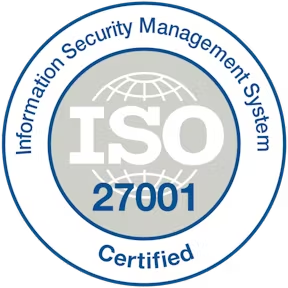Active learning is a teaching method that engages students in the learning process by asking them to participate in activities that require them to think and apply what they are learning. This type of learning differs from traditional teaching methods, where the teacher does most of the talking and students are passive listeners.

How does active learning differ from traditional teaching methods?
Traditional teaching methods usually involve the teacher standing at the front of the classroom and lecturing or explaining information to the students. This can effectively deliver information but only involves students in the learning process. Contrarily, it involves students learning through activities that make them think and apply what they are learning. This type of learning is more hands-on and interactive and can be more engaging and memorable for students.
Learn more: What is SCO (Shareable Content Object)?
Benefits
Active learning has many benefits for students and teachers, including:
- Improved engagement and motivation: Active learning encourages students to take an active role in their learning, which can increase their engagement and motivation.
- Better understanding and retention of information: By participating in hands-on, interactive activities, students are more likely to remember and understand the information they are learning.
- Development of critical thinking skills: Active learning activities, such as problem-solving exercises and group work, help students develop critical thinking skills that they can apply beyond the classroom.
- Increased collaboration and communication skills: Active learning activities often involve group work, which can help students develop collaboration and communication skills.
- Flexibility in teaching style: it allows teachers to adapt their teaching style to meet the needs of different students.
- Enhanced student-teacher relationships: Active learning can help teachers get to know their students better and build strong relationships with them.
- Improved student outcomes: Studies have shown that students who participate in active learning activities achieve better academic outcomes than those taught using traditional methods.
Drawbacks
While active learning has many benefits, there are also some drawbacks to consider, including:
- Increased planning and preparation time: It often requires more preparation and planning on the teacher's part than traditional lecture-based teaching methods.
- Limited classroom space and resources: Some active learning activities may require specific classroom setups or materials which aren't widely available.
- Difficulty in managing student behavior: It can be more challenging because they require students to interact with each other.
- Student resistance: Some students may resist transitioning from traditional teaching methods to active learning. This can also make it challenging for teachers to effectively incorporate active learning into their classrooms. Students' resistance to this change can pose a significant obstacle for teachers trying to implement active learning.
- Time constraints: Some active learning activities can also take significant time to complete, which may not be feasible in a busy classroom schedule.
- Difficulty in assessing student learning: Learning in an active learning environment can be challenging. As students often work in groups, and not all students participate equally.
- Implementation challenges: Active learning can be challenging for teachers who lack familiarity or professional development opportunities.
What are some of the best active learning strategies for use in the classroom environment?
Some of the best active learning strategies for use in the classroom environment include:
- Discussions: Ask students to discuss and share their ideas about a topic.
- Group work: Assign students to work in small groups to complete a task or project.
- Simulations: Create a simulated real-life situation for students to work through.
- Problem-solving exercises: Give students a problem that requires them to apply what they have learned.
- Interactive whiteboards: Use interactive whiteboards to engage students in learning activities.
- Online resources: Use resources like videos or games to create interactive and engaging student learning experiences.
Conclusion
In conclusion, active learning is a powerful teaching method that can improve student engagement and performance in the classroom. It also involves hands-on, interactive activities, encouraging students to take ownership of their learning.
Subsequently, this leads to better understanding and retention of information. Active learning techniques can bring a dynamic atmosphere to the classroom, but they also have drawbacks. Incorporating them into teaching can enhance students' engagement and learning outcomes.
Learn more: Peer Review: How to Apply Feedback-Based Learning Methodology
%201.svg)

.png)
%201.svg)

